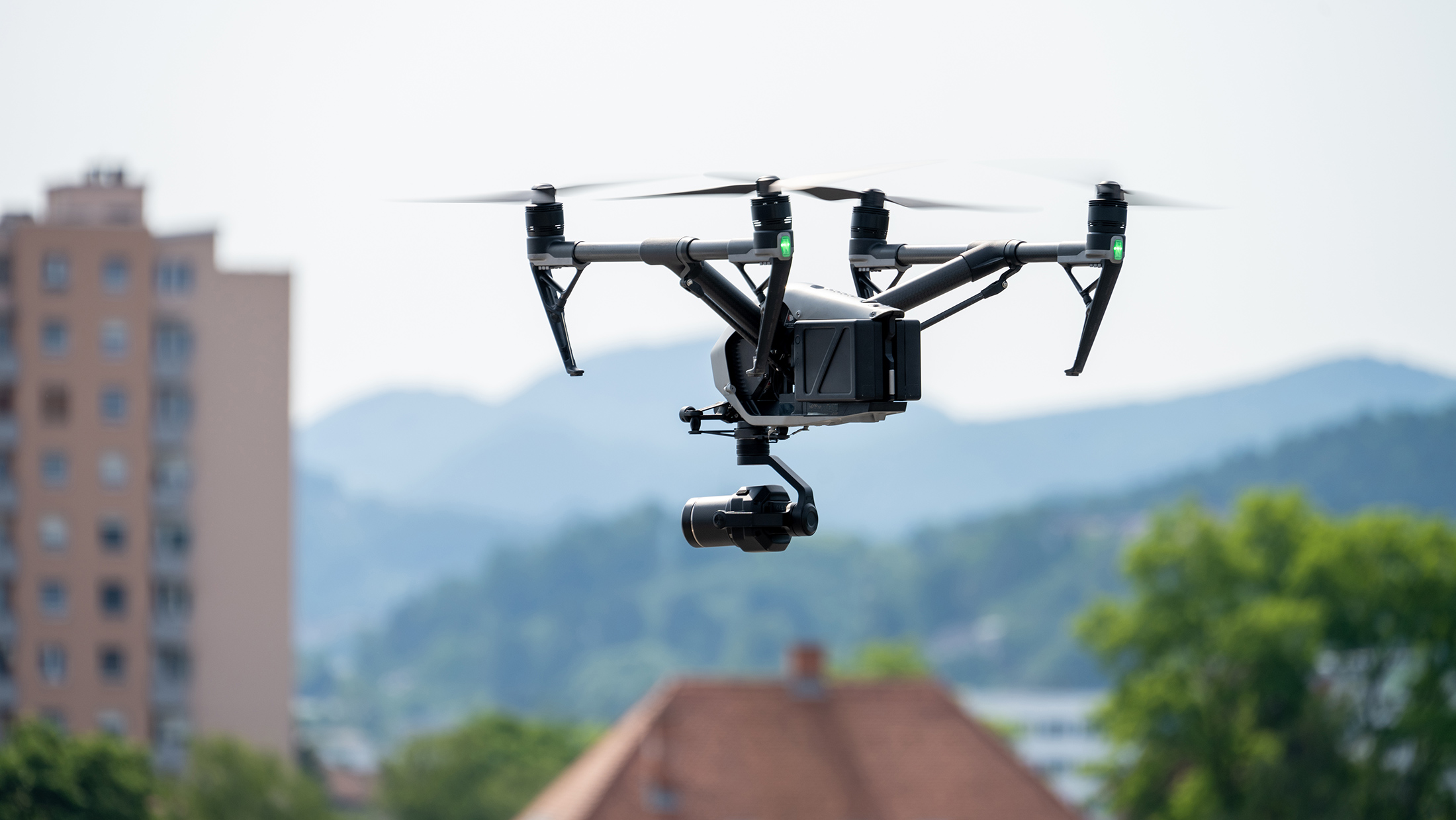
Adding AI to small, battery-powered drones can enable innovative features, like self-piloting and object recognition. However, current AI chips can cause a debilitating limitation — cutting down a 46-minute flight time to just four minutes. That’s like using new, top-of-the-line running shoes that wear down three miles into a marathon.
Dr. Suin Yi, an assistant professor in the Department of Electrical and Computer Engineering, and his lab have received funding to develop energy-efficient AI that will adopt conducting polymer thin films as artificial neurons, a fundamental and underutilized building block for neuromorphic computing systems.
Inspired by the human brain, these systems mimic biological neuron behavior such as sending electrical signals and processing and storing information. They also aim to replicate the way neurons learn and make decisions, saving energy by activating only when needed.
The team plans to develop a new chip the size of a grain of rice with various AI capabilities that can be internally supported by the small aircrafts. The AI features include decision-making, classification of objects, self-navigation and recognition.
A drone uses its energy reserve for functions such as propulsion, navigation, sensing systems, stabilization and communication with the pilot on the ground. For large, traditional drones, running AI computations is manageable because they are powered by massive engines that generate enough electricity to support AI.
However, small or miniature drones run on batteries, which have a small quantity of electricity compared to their larger counterparts.
“Small drones don't have an engine, so their energy budget is very small,” Yi said. “That's why it's very important to come up with a game changer such as neuromorphic computing systems beyond digital computers that can allow battery-powered drones to keep the same fly-time with AI as those without.”
The three-year project is funded by the 2025 Air Force Office of Scientific Research Young Investigator Program Award. The award supports early-career scientists and engineers showing ability and promise in conducting research.
“Through this proposed project, unmanned aerial vehicles can become more intelligent with the integration of conducting polymer materials systems, material that is both mechanically flexible and can spike and oscillate like neurons in the brain,” Yi said. “Eventually, together with artificial synapses, these flexible artificial neurons could comprise a complete neuromorphic computing system that can realize intelligent small drones.”